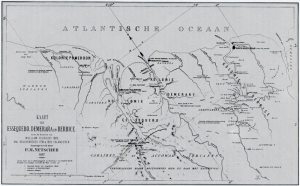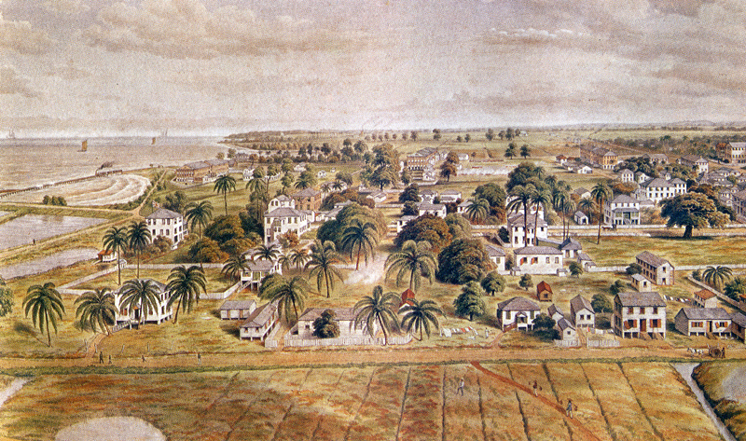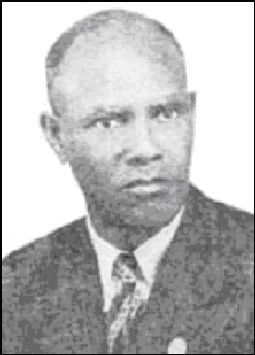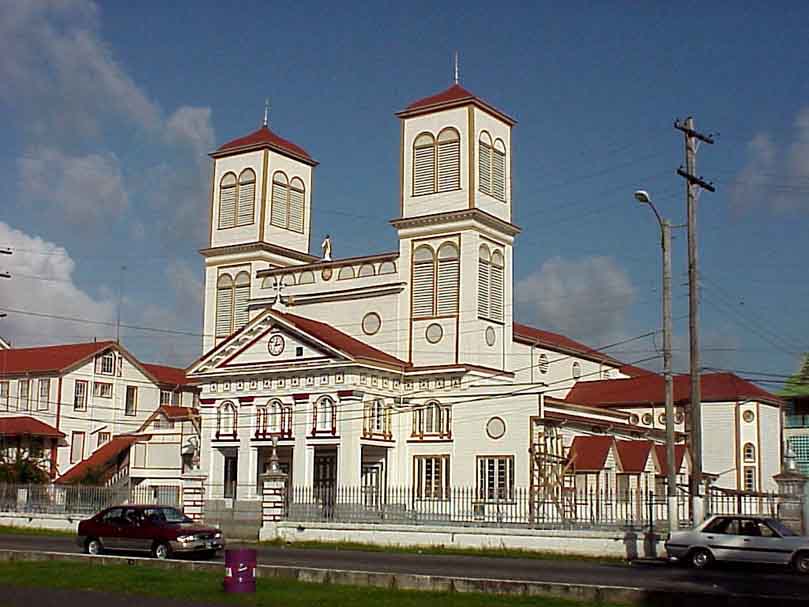(CONTINUED FROM APRIL 28)
The war which at the time raged between the English, French and Dutch nations in the outer world affected these same nations in the Guianas.
In 1664 Lord Willoughby wrote home regarding the Dutch seizure of several places in Guiana…and advised that they should be attacked before they grew too strong; and in the following year, Sir Thomas Moddyford submitted his proposition for rooting the Dutch out of Guiana and the West Indies generally.

Map of the History (1888) by PM Netscher (IVN)



